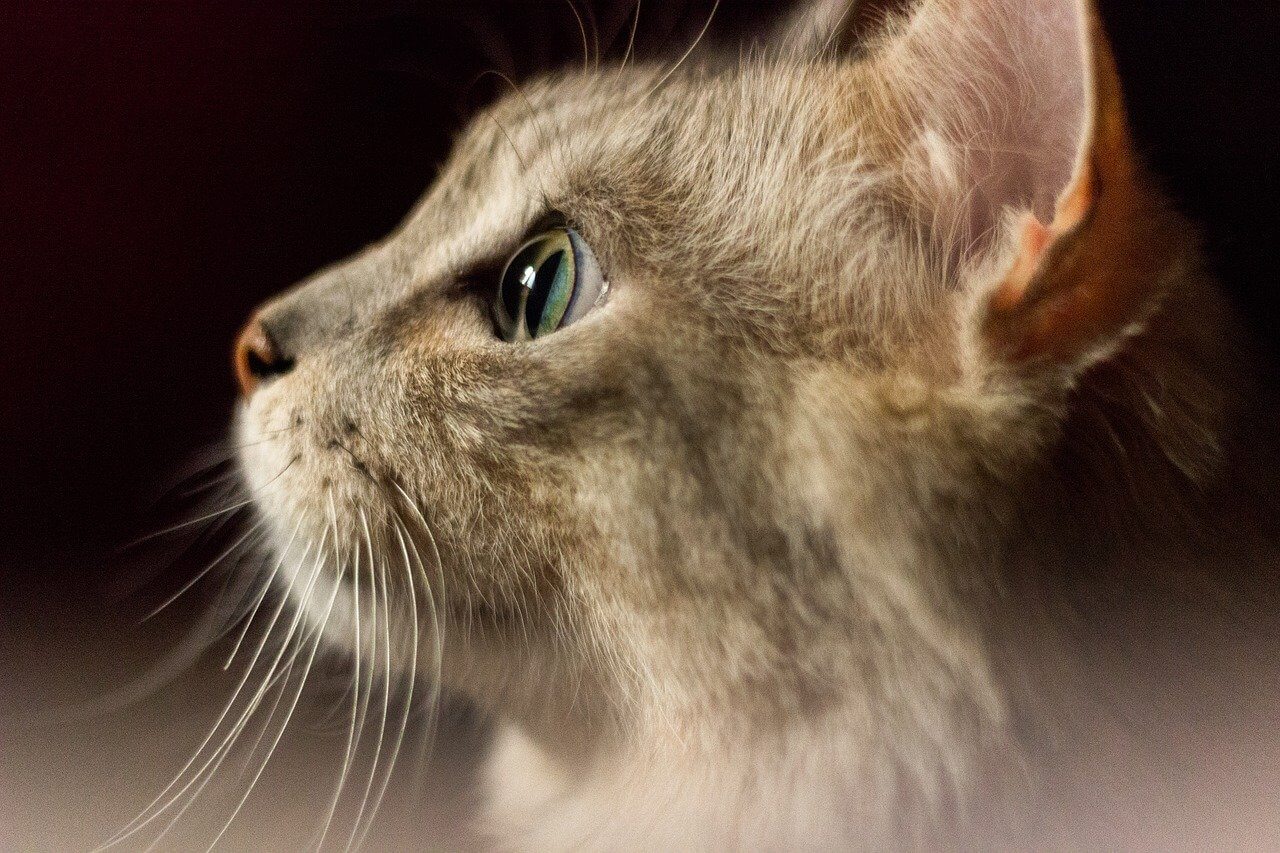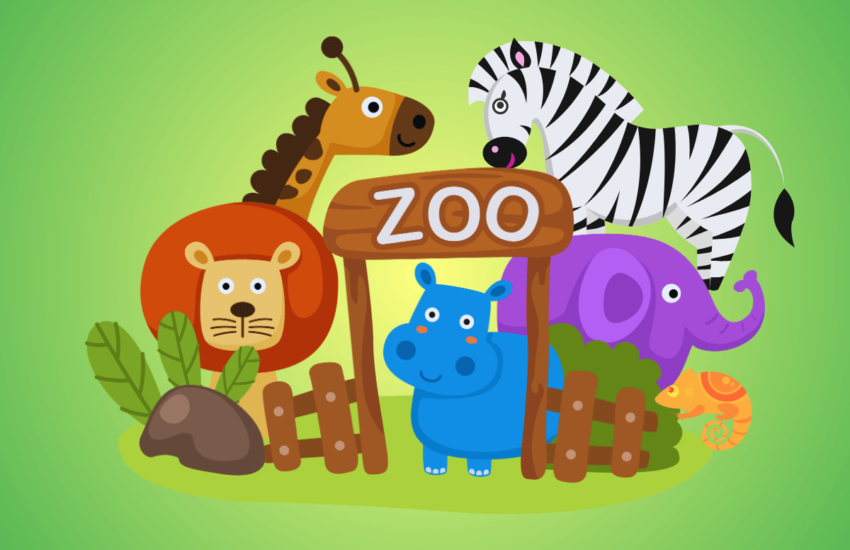How Animals See Our World?
It is known that animals perceive the world around them differently than we do. But how do cats, horses, dogs, and snakes see it? Let’s find out what is the vision of animals and how our smaller brothers look at things.
Dogs
Dogs observe traffic rules and cross the road on the green, but they do it not by color,but by the location of lights at traffic lights and the behavior of other road users. Our furry friends can’t tell the difference between yellow-green and orange-red. Blue and green shades in the eyes of dogs can be seen as white. But they perceive shades of gray much better than us and have good night vision.
Cats
They distinguish enough colors for their life to be quite colorful. Basically, the world of cats is colored in shades of green, gray and blue, cats do not see yellow and purple well, other colors are not available for these animals. Cats’ vision has a lower resolution than that of humans, and they see objects a little blurry. Like dogs, they are very good at navigating in the dark.
Snakes
These reptiles see our world vaguely because of the eye cap that covers the eye all the time, except for molting. Snakes also perceive infrared radiation coming from warm-blooded animals, which helps them a lot when hunting at night.
Bees
The peculiarities of bees’ vision include the fact that they see ultraviolet rays and polarized light. For example, the light of the sun reflected from the mirror surfaces of water or wet asphalt.
Horses
Eyes located on different sides of the head divide the world of horses into 2 images, not allowing them to see what is happening right in front of them They see the world in black and white colors.
Sparrows
Sparrows perceive our world in pink glasses! This perception occurs because the Sparrow’s cones contain oily droplets of yellow-red color, which causes pink glasses.
Owls
Owls are devoid of eyeballs, in their place are eye tubes supported by the bones of the skull. Owls can’t move their eyes, so they have to turn their heads. And, as everyone knows, these predators have excellent night vision, which allows them to hunt in the dark.


